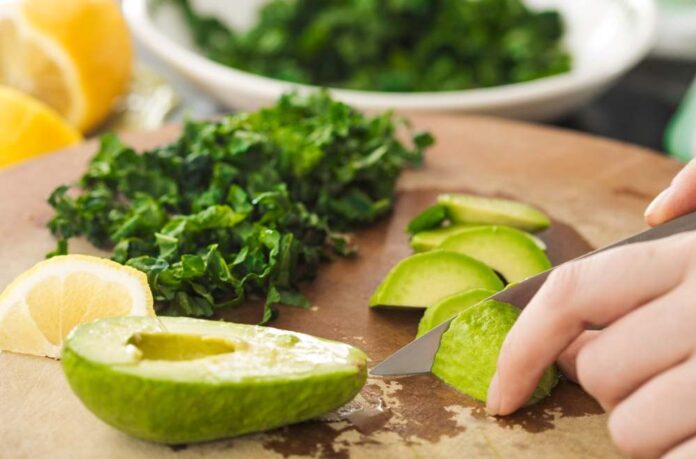If you’re looking for ways to improve your health, adding green foods to your diet is a great place to start. Green foods are packed with antioxidants, vitamins, and minerals that can help boost your immune system and protect your body against disease. However, not all green foods are created equal; you need to be able to identify the healthiest options in order to get the most benefit from them.
Leafy greens
One of the healthiest leafy greens you can eat is spinach. Spinach is rich in vitamins A, C, and K, as well as folate and iron. It’s also a good source of fiber, which can help regulate digestion and promote a healthy gut. Sometimes, people shy away from spinach because it has a bit of a bitter taste. But, there are plenty of ways to make it more palatable, like adding it to smoothies or sautéing it with garlic and olive oil.
Another leafy green that’s worth adding to your diet is kale. Kale is high in vitamins A, C, and K, as well as calcium and fiber. It’s also a good source of antioxidants and carotenoids, which can help protect the body against disease. One thing to keep in mind is that kale is a bit tougher than spinach, so it may take a little longer to cook. But, the health benefits are definitely worth the extra effort.
You can also consider adding Swiss chard, collard greens, and dandelion greens to your diet. While these greens may not be as popular as spinach or kale, they’re still packed with nutrients that can benefit your health. For instance, collard greens are a good source of vitamins B6 and C, as well as fiber, iron and calcium.
Cruciferous vegetables
These include broccoli, Brussels sprouts and cabbage. Broccoli is a good source of protein, fiber, vitamins C and K, as well as folate and potassium. Brussels sprouts are also a good source of protein, fiber, Niacin, and vitamins B12, C, and K. Cabbage is a good source of fiber, vitamins C and K, as well as folic acid.
Cruciferous vegetables are also rich in antioxidants and phytochemicals, which can help protect the body against disease. For instance, broccoli contains a compound called sulforaphane, which has been shown to have cancer-fighting properties. One thing to keep in mind is that these vegetables can be a bit tough to digest, so it’s important to cook them properly. Steaming or stir-frying are both good cooking methods for preserving their nutrients.
Avocados
Avocados are a good source of vitamins C, E, and K, as well as copper and fiber. They’re also a good source of healthy fats, which can help improve heart health and reduce inflammation.
One thing to keep in mind is that avocados are high in calories, so you should eat them in moderation. You can add them to salads or use them as a replacement for mayonnaise in sandwiches. You can also make guacamole, which is a popular dip made from avocados, onions, tomatoes, and spices. You can also use them alongside a green superfood powder to create a nutrient-rich smoothie.
Green peppers
Green peppers are a good source of vitamins A, C, and B6, as well as folic acid. They’re also a good source of fiber and carotenoids, which can help protect the body against disease. The minerals manganese and copper are also found in green peppers.
One thing to keep in mind is that green peppers can be a bit spicy, so you may want to start with a small amount if you’re not used to eating them. You can also add them to salads or sauté them with other vegetables. Also, be sure to choose organic green peppers, as they’re less likely to be contaminated with pesticides.
These are just a few of the green foods that you should include in your diet. By eating a variety of these foods, you’ll be sure to get all the nutrients you need to improve your health. Just remember that you don’t have to eat them all the time – moderation is key. Try to include a few green foods in your diet each week, and you’ll be on your way to better health in no time. Lastly, don’t be afraid to experiment and try new things. Your body will thank you for it.












